Last Updated on January 22, 2025 by teamobn
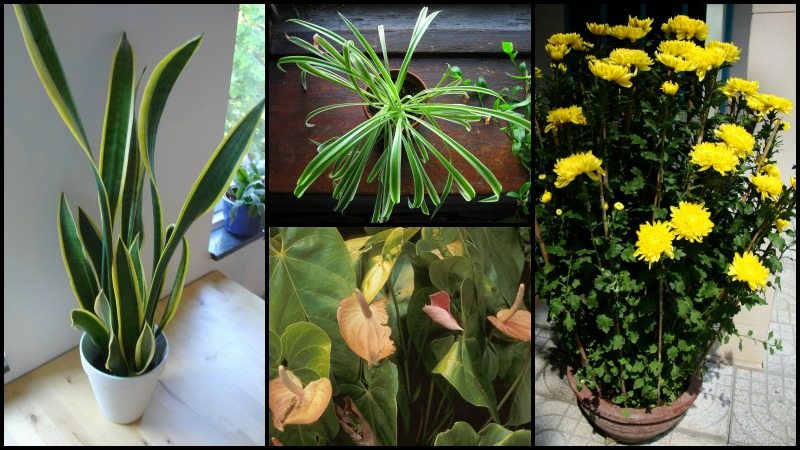
These houseplants can help keep your home safe. Air pollution is most apparent in cities. But even our homes — no matter how far they are from the city — are often exposed to toxic chemicals that can affect our family’s health!
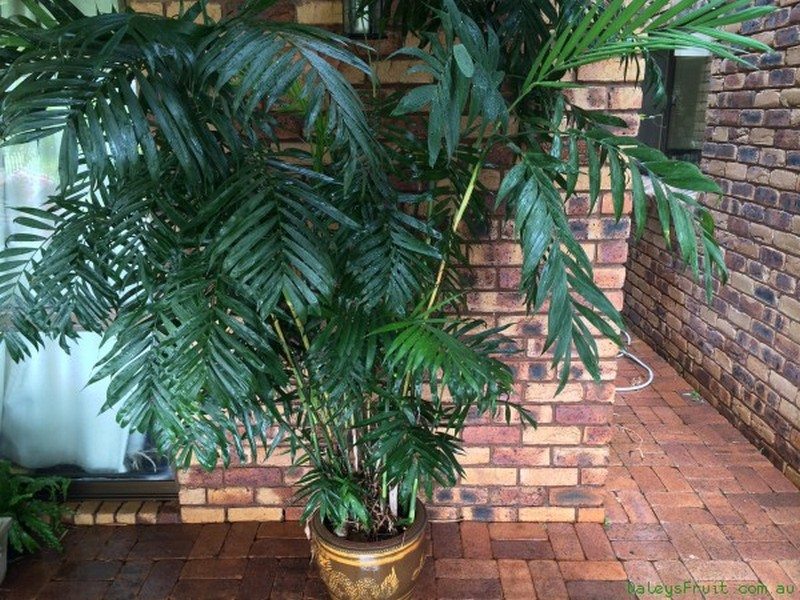
Most of us spend the majority of our time indoors — in offices and homes. But this doesn’t necessarily mean that we’re breathing less toxic air.
In 1989, NASA (in association with Associated Landscape Contractors of America) made a study to determine the common houseplants that are most effective in purifying air from harmful chemicals.
Since then, ongoing testing has shown all these plants to be very efficient at removing common airborne toxins from interior spaces.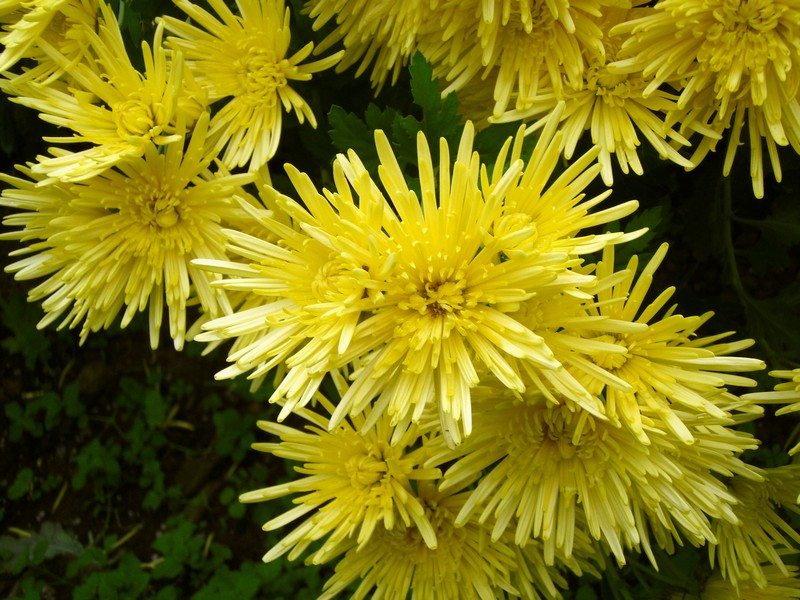
So how toxic could the air in our houses be? Well, here are some of the chemicals which can be found in most homes:
Ammonia – present in most window cleaners and floor cleaners/waxes
Benzene – present in detergents, dyes, pesticides, furniture wax and some paints; also found in tobacco smoke
Formaldehyde – is found in paper towels, paper bags, waxed papers, facial tissues, particle board, plywood and some synthetic fabrics
Trichloroethylene – present in paints, varnishes, adhesives, paint removers and printing inks
Xylene – is found in printing, tobacco smoke and vehicle exhausts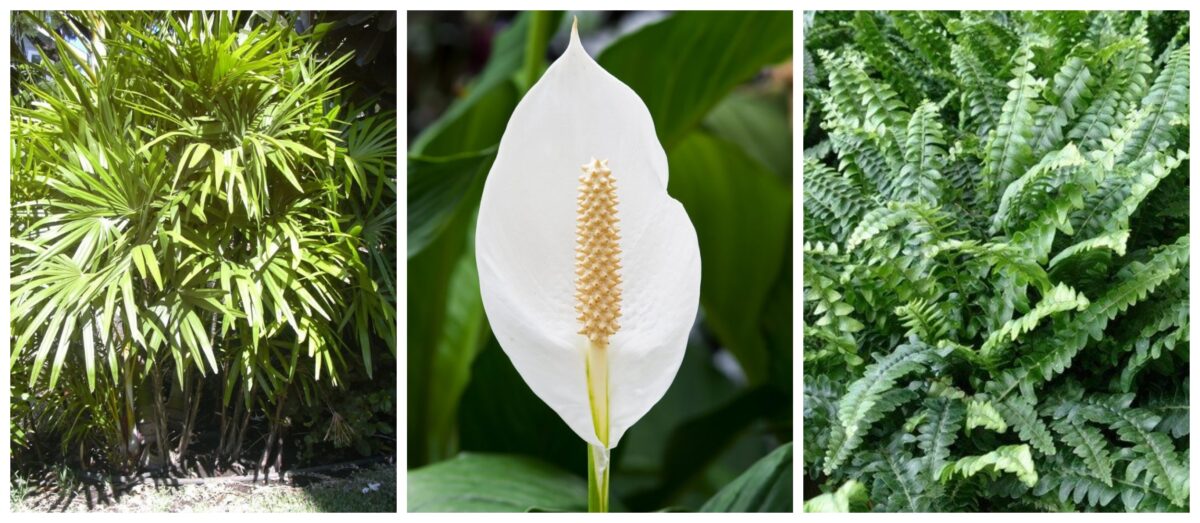
Many of the soft and hard furnishings in your home also release toxins in a process known as off-gassing. For example, that beautiful new kitchen you just installed is probably a major culprit. And while it’s worse when things are new, off-gassing continues for years.
We think it’s better to have at least a couple of these indoor houseplants in your home to help ensure clean and safe air for your family. But take note that a number of the houseplants in this list are harmful to dogs, cats and other pets!
If you’re a pet owner, please do further research on the effects of your chosen plants on your pets. 🙂 Because these plants are available all over the world, you may know them by a different common name so we have added the correct botanical name as well!
Check out these houseplants you would want to add in your home
Click on any image to start the lightbox display. Use your Esc key to close the lightbox. You can also view the images as a slideshow if you prefer ![]()
Spider Plant (Chlorophytum comosum)
Spider plants are often used in interiorscaping and landscaping. They are a hardy perennial that are easy to care for. Their small size and long, strap-like leaves make them perfect for small apartments.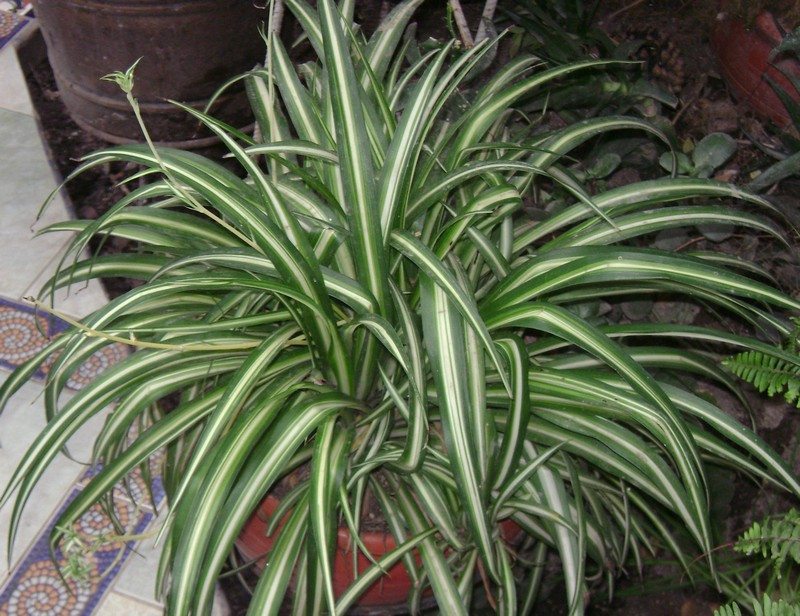
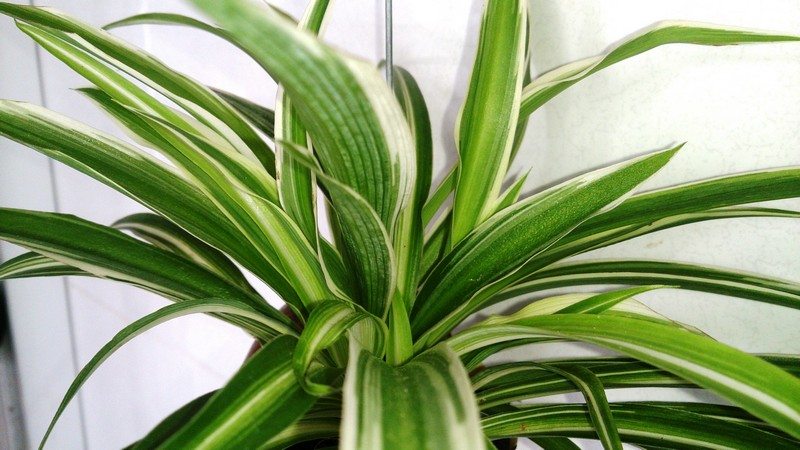
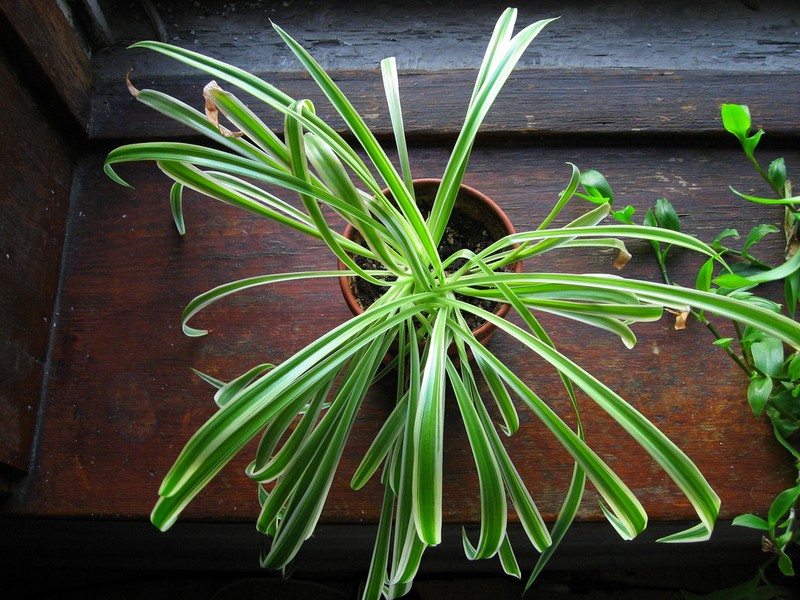
Bamboo Palm (Chamaedorea seifrizii)
Bamboo palms are popular houseplants known for their ability to purify the air. Bamboo palms can grow up to six feet tall and their leaves are light green in colour. This tropical houseplant prefers partial sun and moist soil.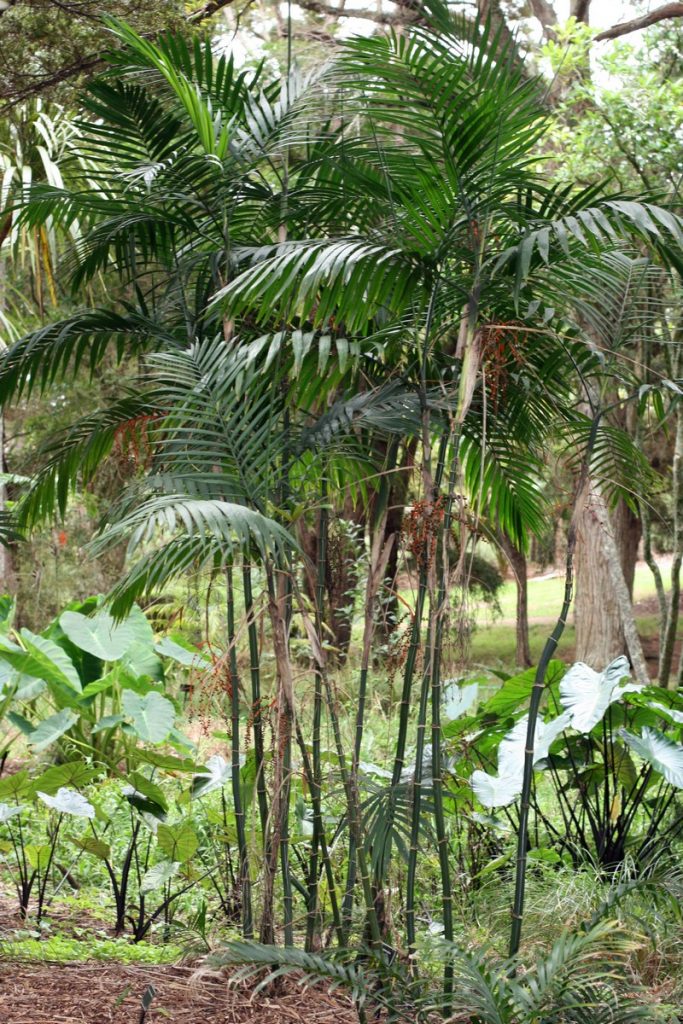

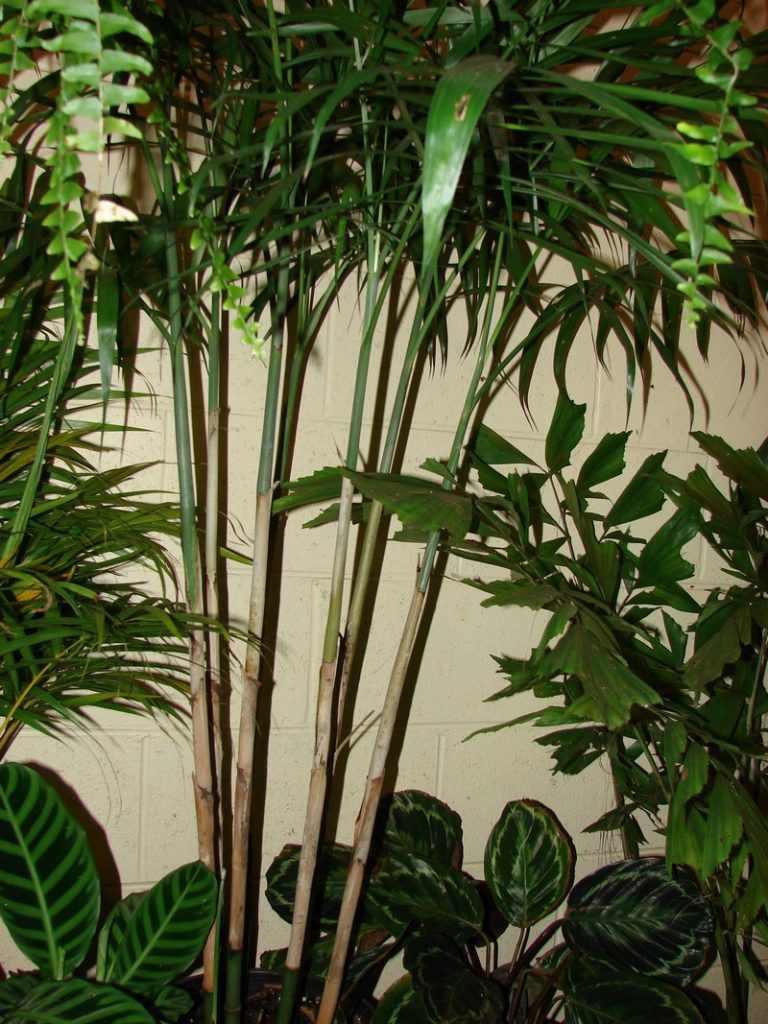
Dwarf Date Palm (Phoenix roebelenii)
The Dwarf Date Palm is great for both indoor and outdoor gardens. While it is not a palm tree, the Dwarf Date Palm does produce small, yellowish-orange fruits that resemble dates. The Dwarf Date Palm is sought-after for its tolerance of many growing conditions and its low, low-maintenance requirement.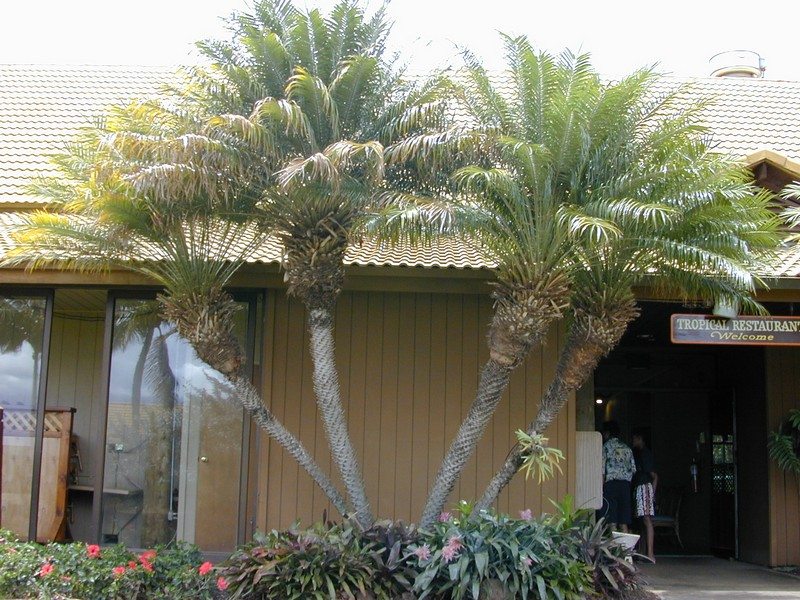
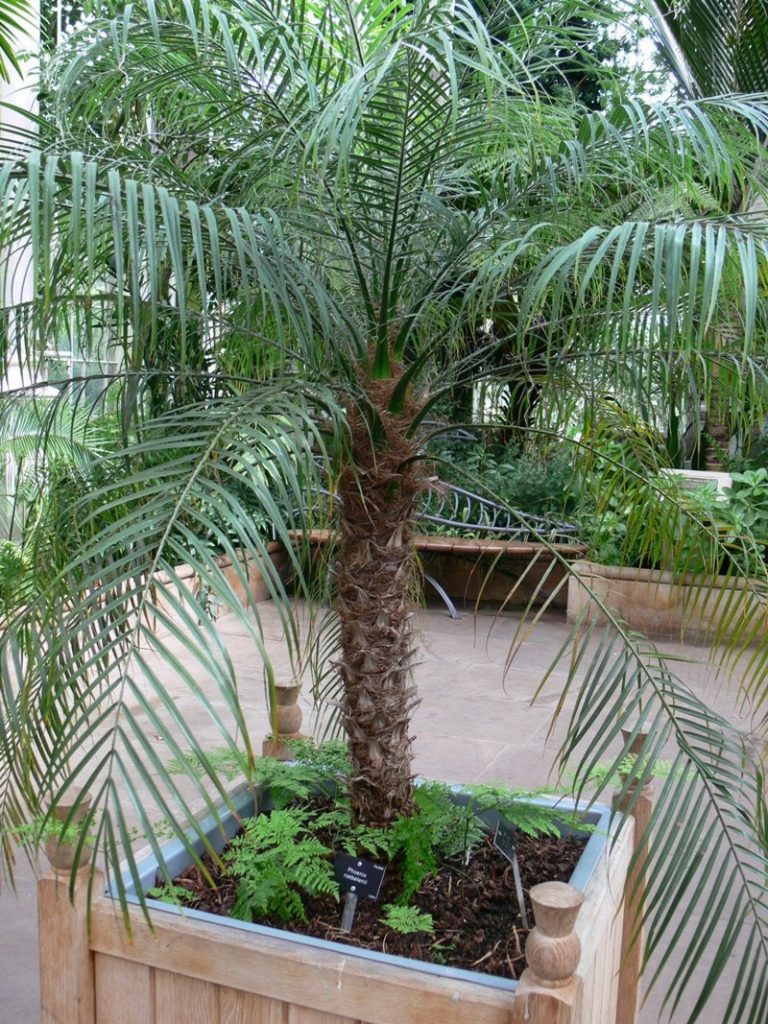
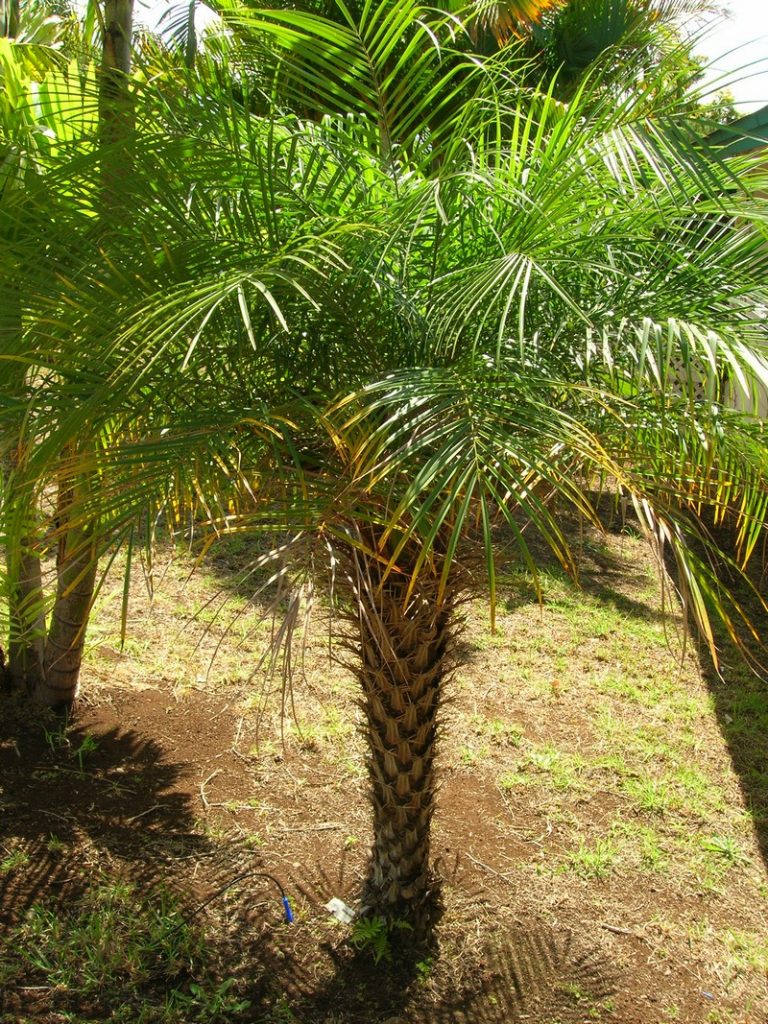
Chinese Evergreen (Aglaonema modestum)
An Evergreen plant, also known as a Chinese Evergreen, is very popular for indoor use. Their striking leaves make them a favourite among many. In spring, the evergreen plant comes into full bloom.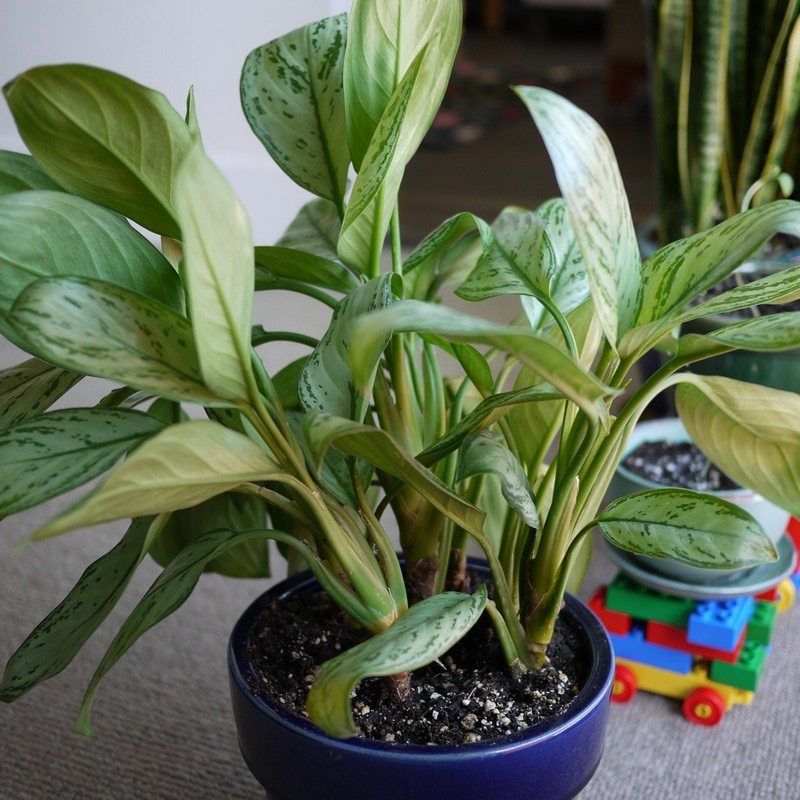
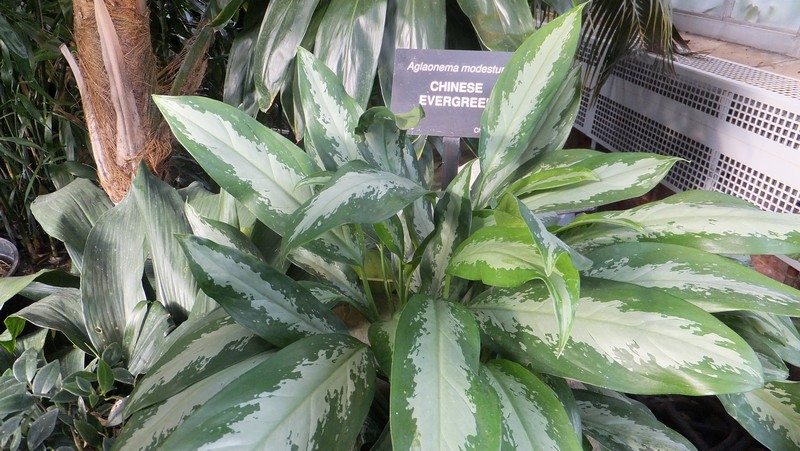
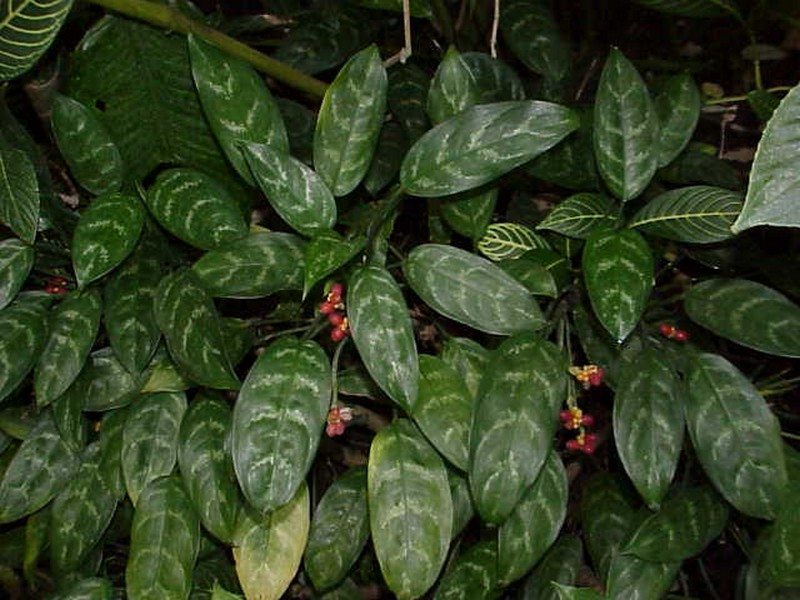
Weeping Fig (Ficus benjamina)
The Weeping Fig is a popular houseplant, known for its glossy green leaves and ability to thrive in low-light conditions. The plant requires minimal water and stays relatively cold.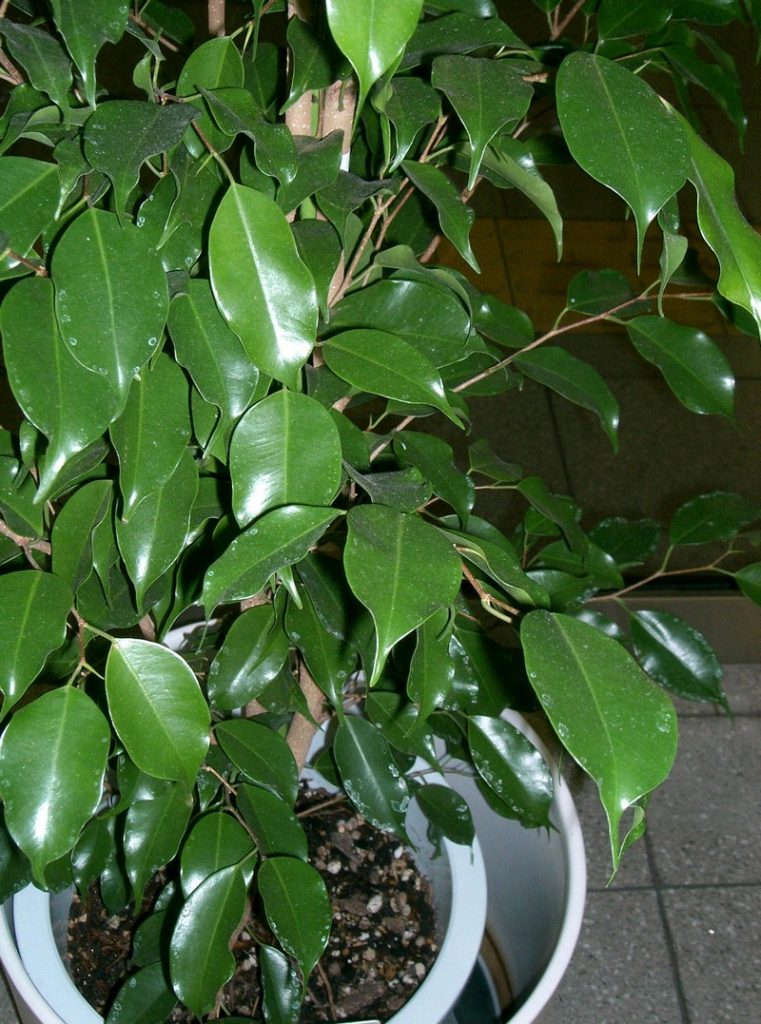
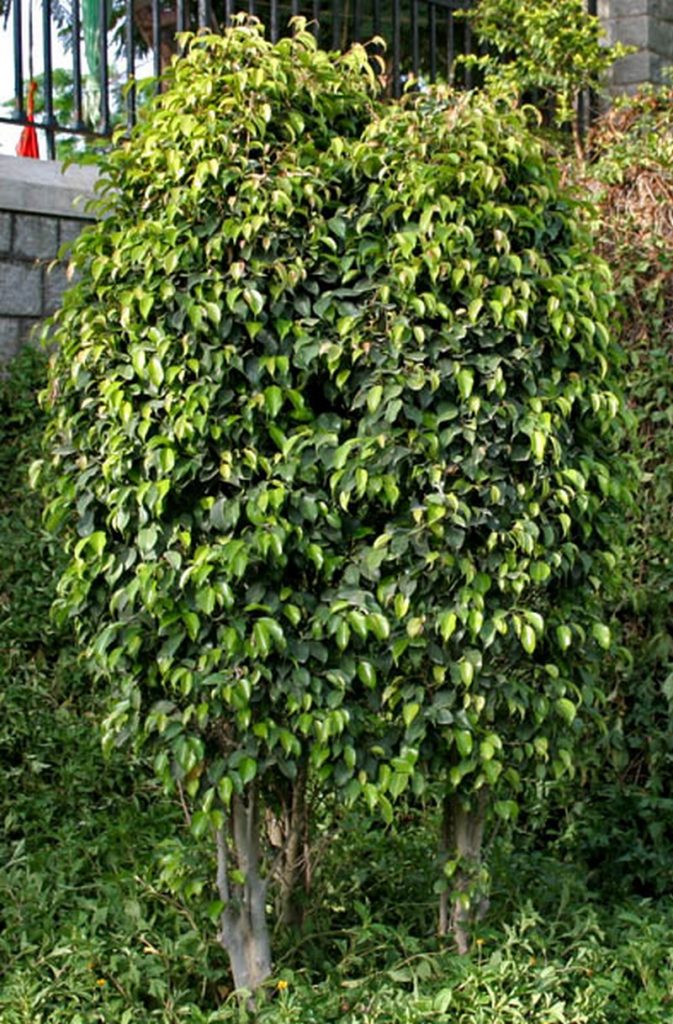
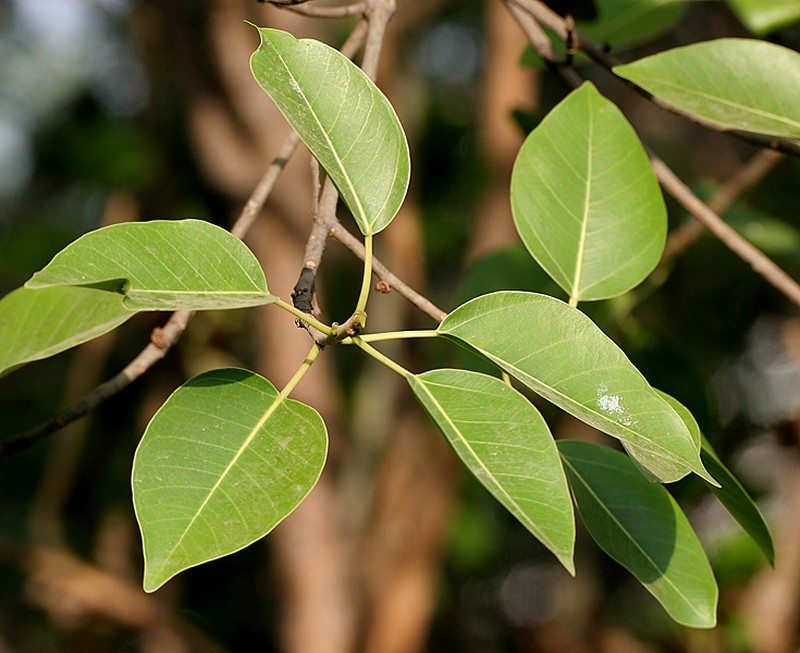
Boston Fern (Nephrolepis exaltata)
The Boston fern has long, thin, dark green leaves that are arranged in a feather-like pattern. It is one of the easiest plants to grow indoors, as it requires very little maintenance.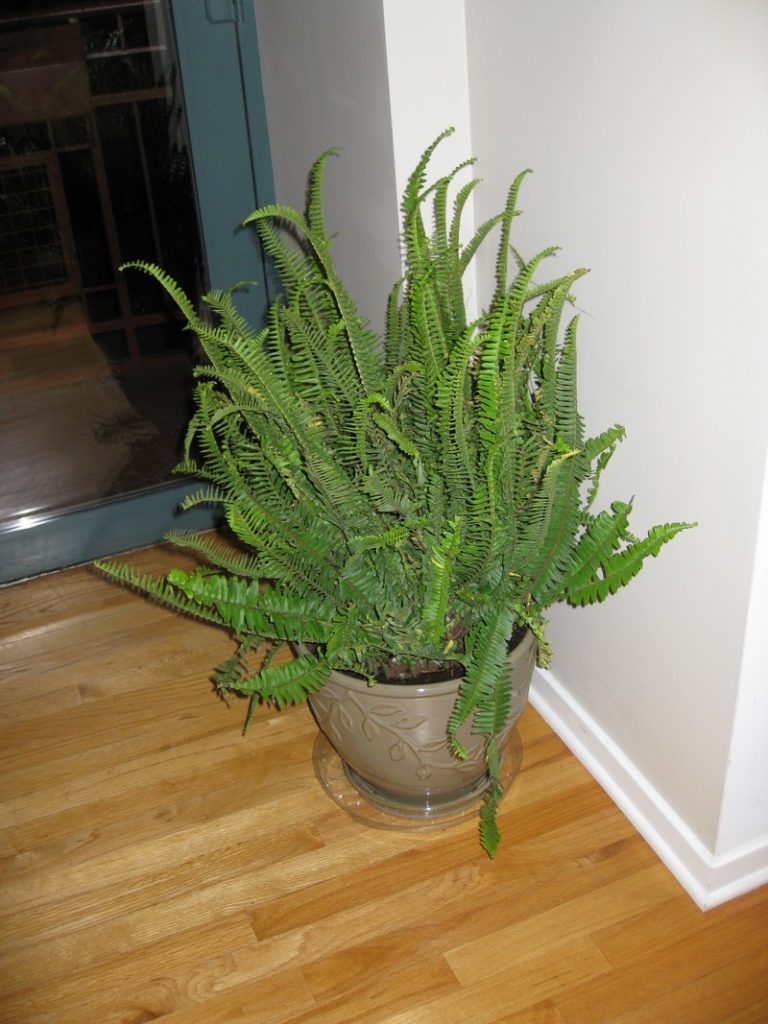
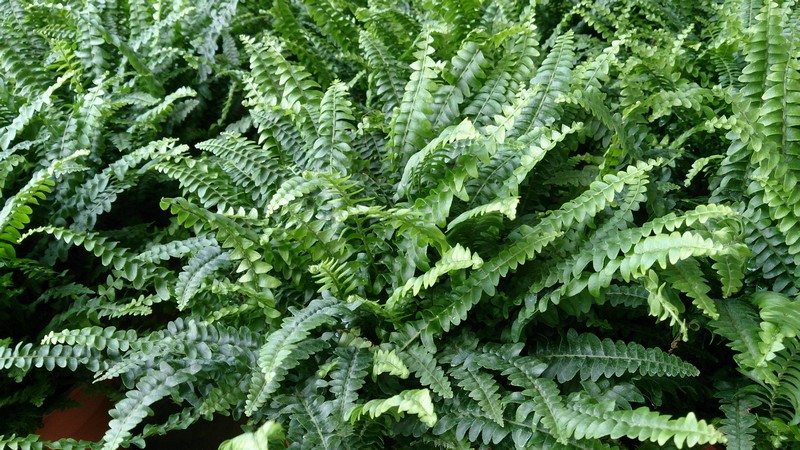
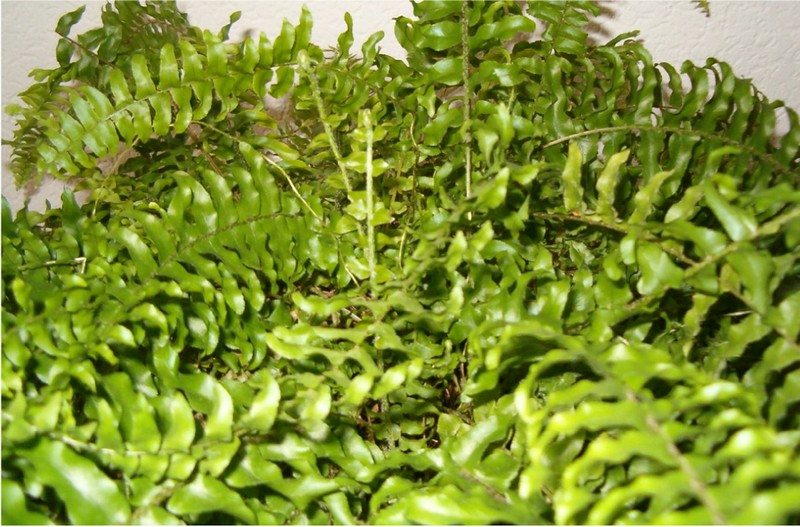
Peace Lily (Spathiphyllum ‘Mauna Loa’)
The ‘Mauna Loa’ is a popular indoor plant because of its dark green leaves, glossy texture and white fragrant flowers.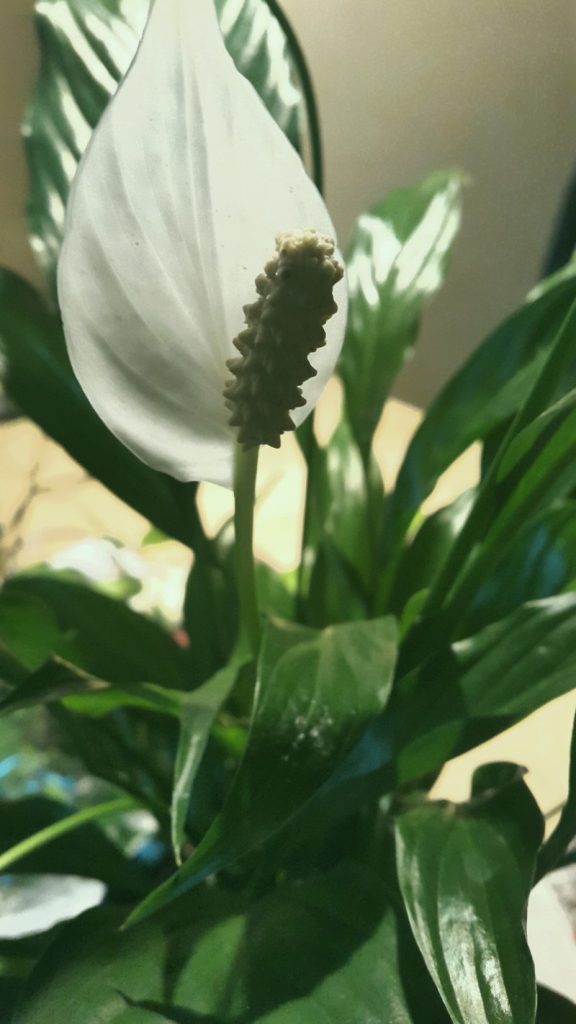
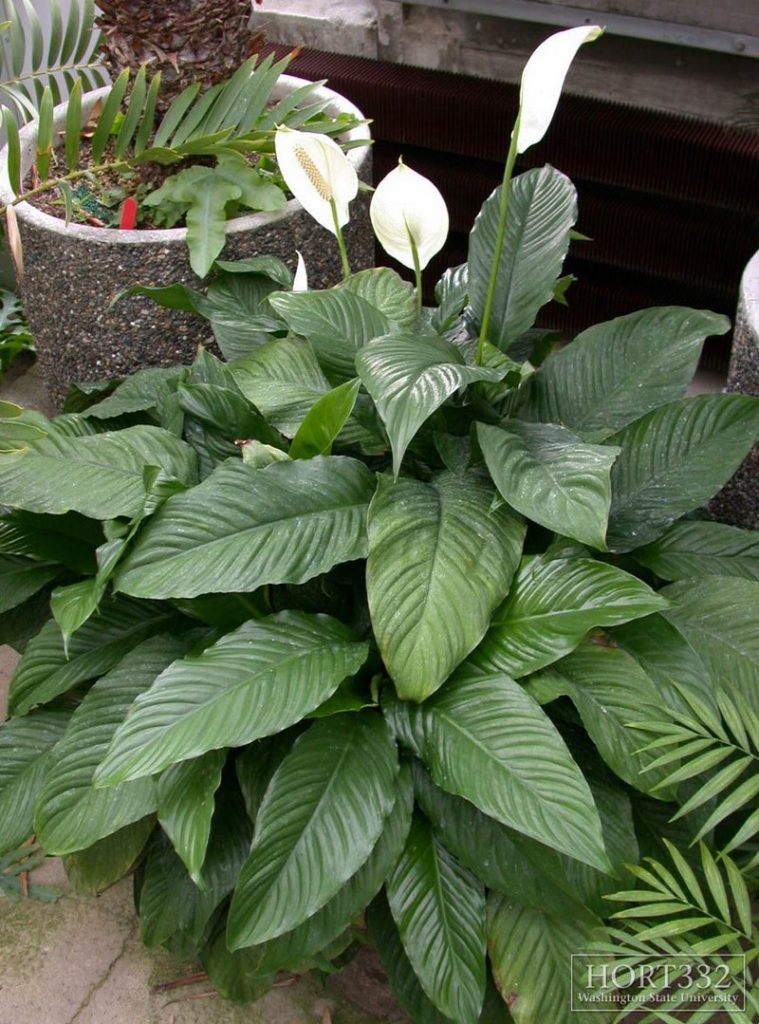
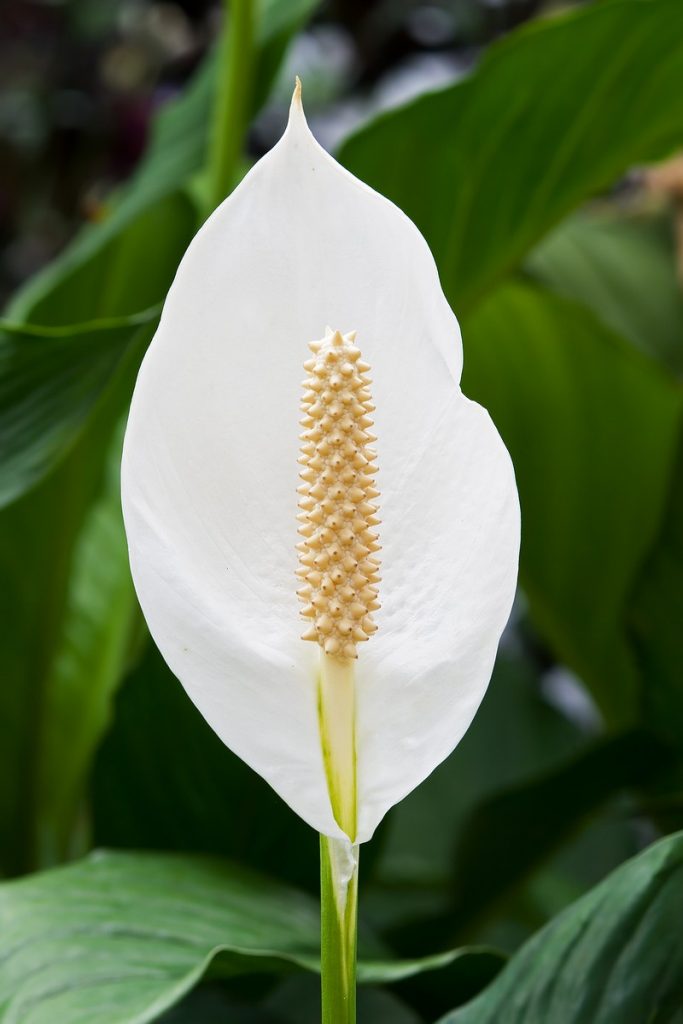
Broadleaf Lady Palm (Rhapis excelsa)
This palm is a slow grower and typically grows to a height of 6 feet (1.8 m).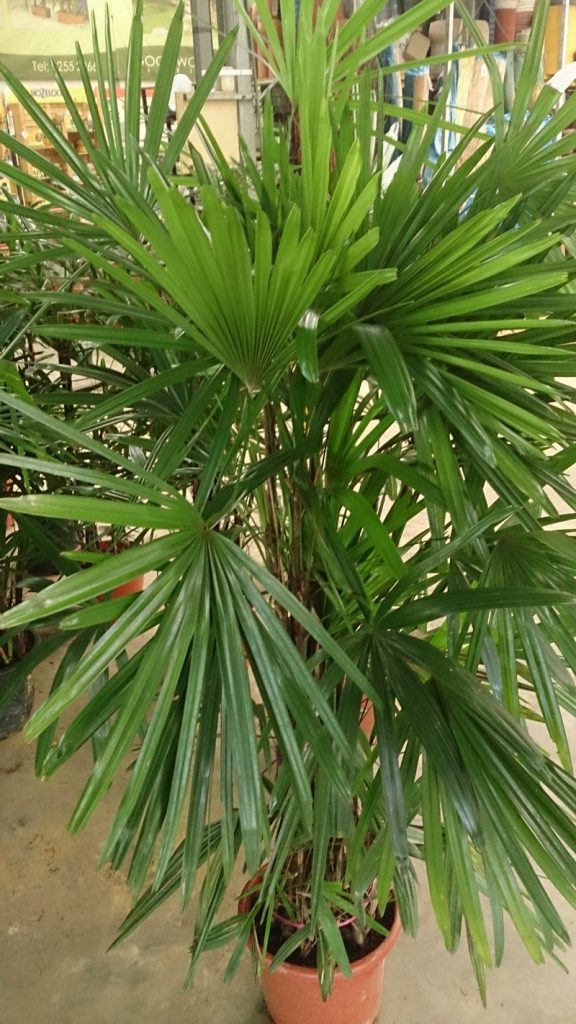
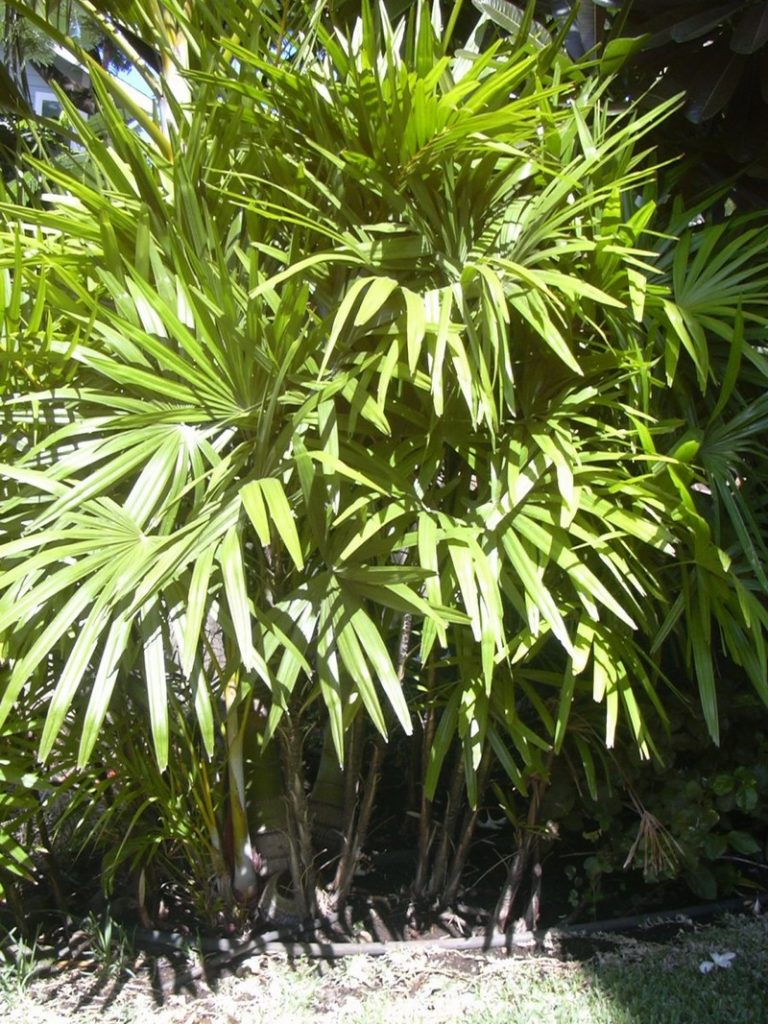
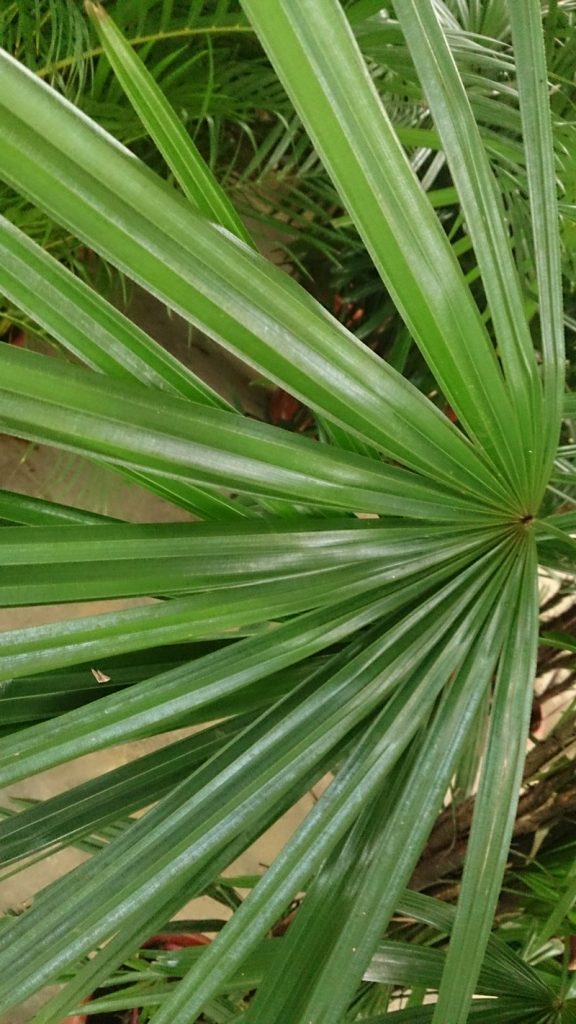
Variegated Snake Plant (Sansevieria trifasciata ‘Laurentii’)
It has long strappy leaves that are yellow and green striped.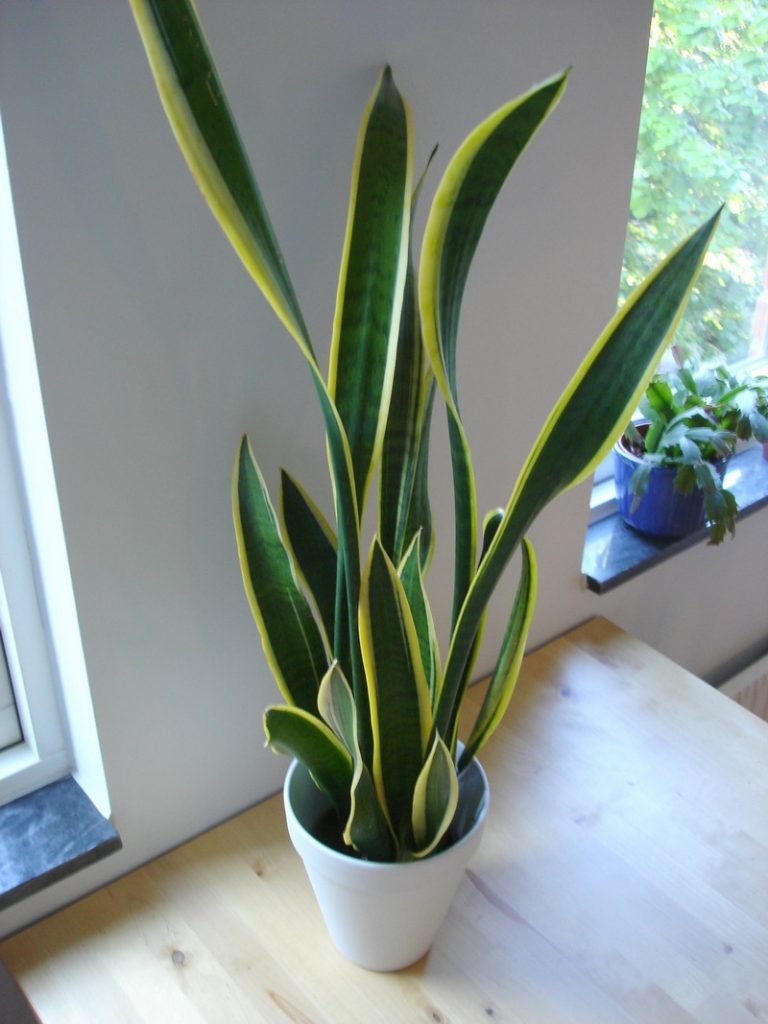
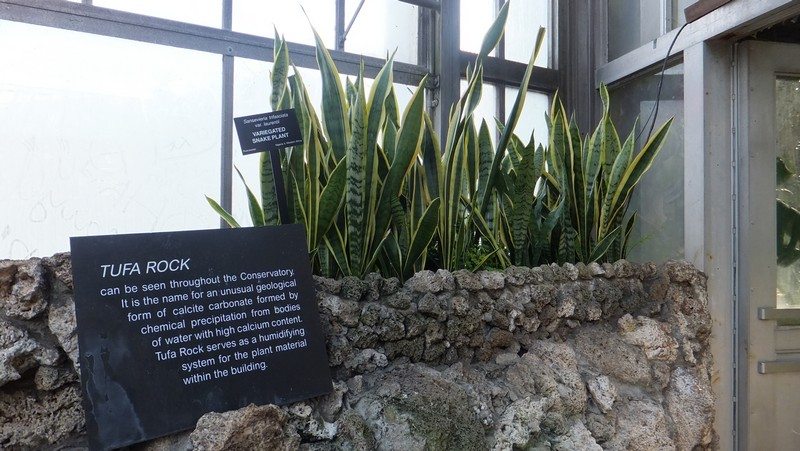
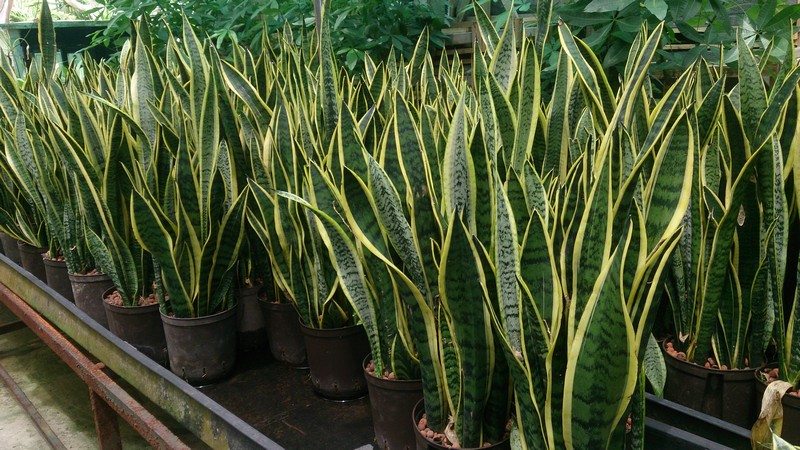
Flamingo Lily (Anthurium andraeanum)
Its flowers are typically red, pink, or white. The flowers are long-lasting and can bloom year-round in some climates.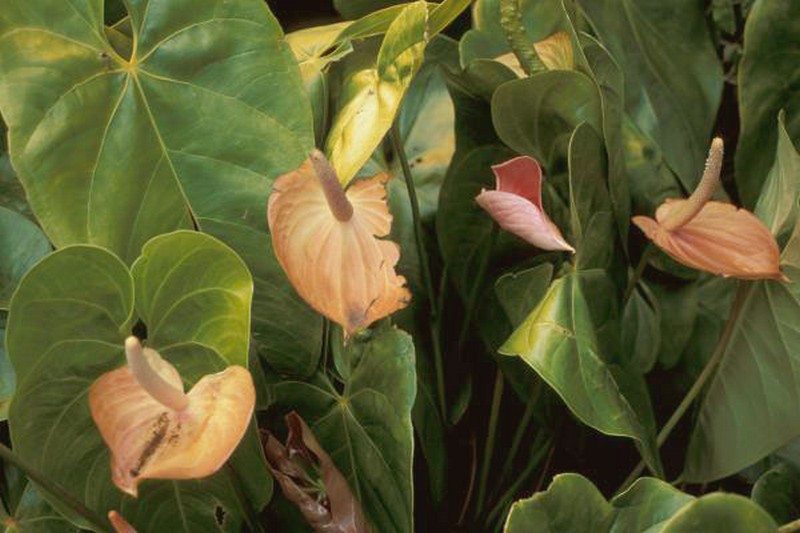
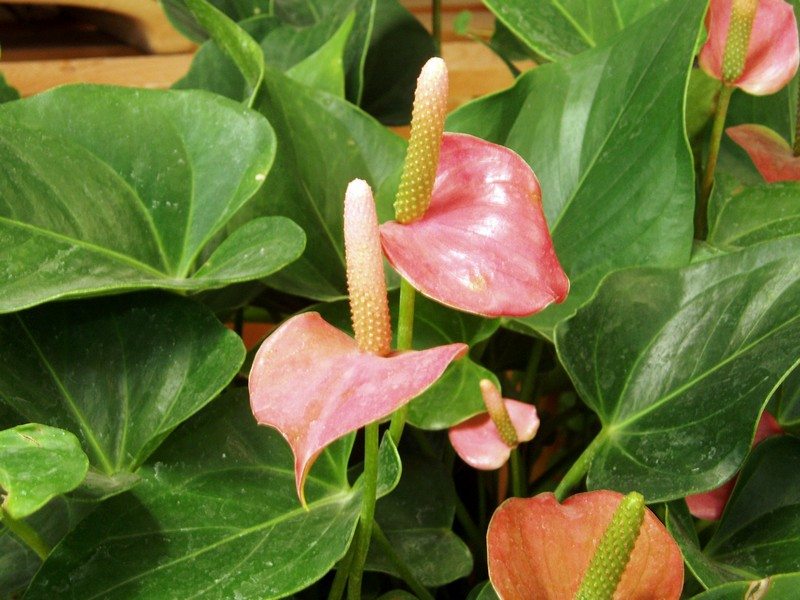

English Ivy (Hedera helix)
It has small, dark green leaves and can grow up to 50 feet in length. English Ivy is considered an invasive species in some areas, as it can spread quickly and crowd out native plants.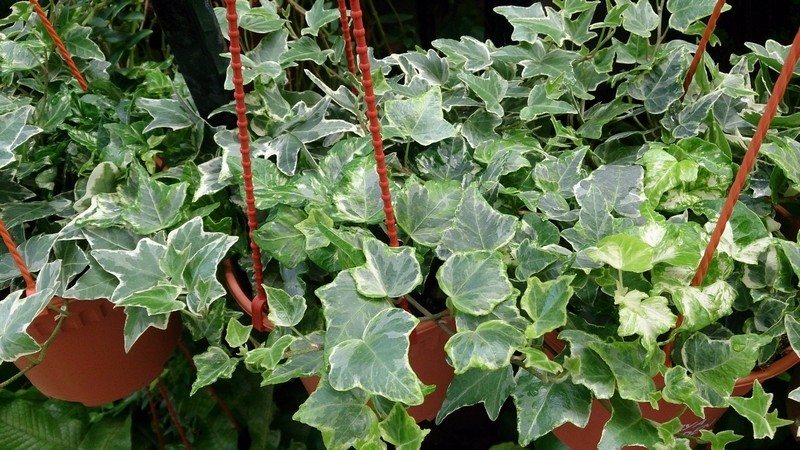
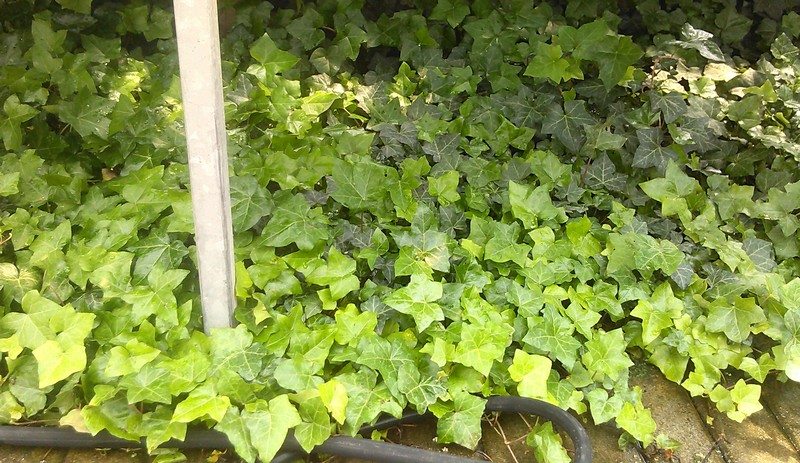

Red-Edged Dracaena (Dracaena marginata)
It is an attractive houseplant with long, sword-like leaves that are edged in red. It prefers bright, indirect light but can also tolerate low light conditions.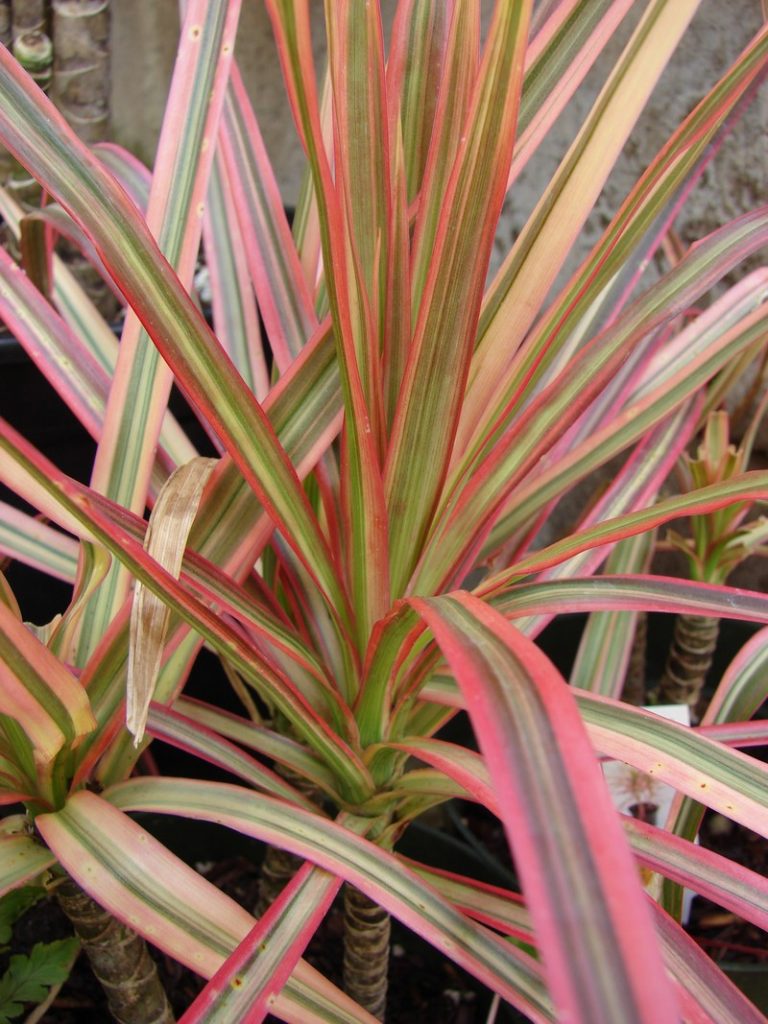
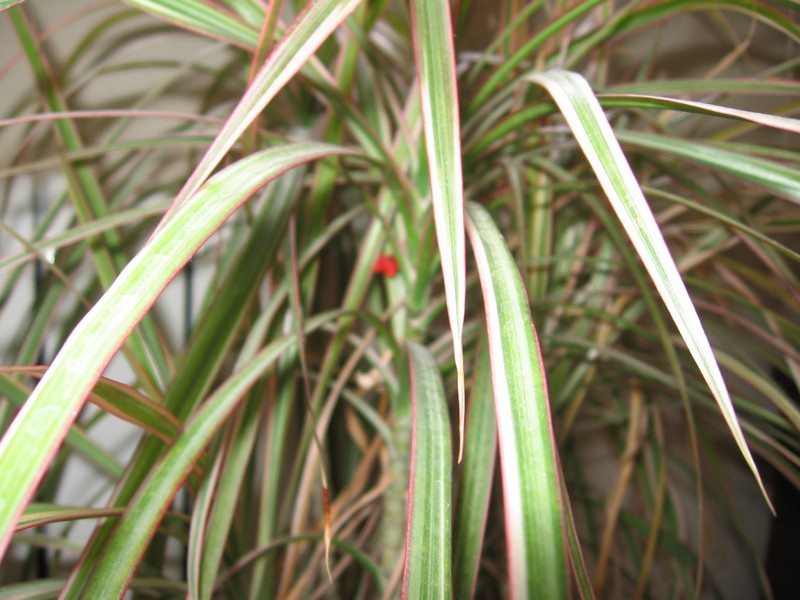
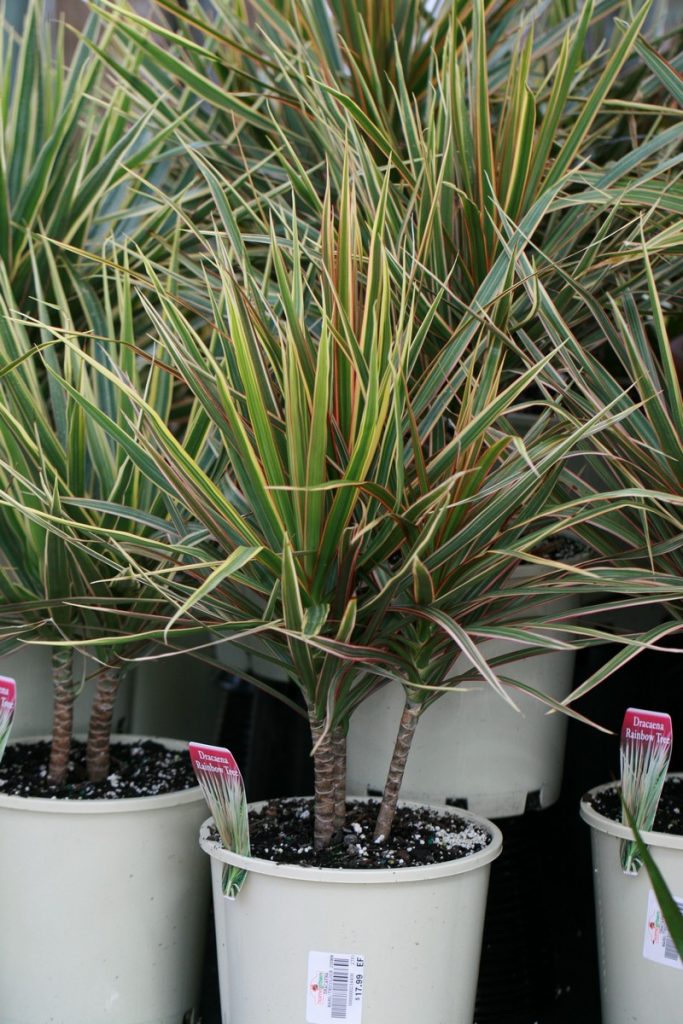
Lily Turf (Liriope spicata)
It is a rhizomatous perennial with grass-like leaves and flowers borne in summer. It is tolerant of a wide range of soils and can be grown in full sun or partial shade.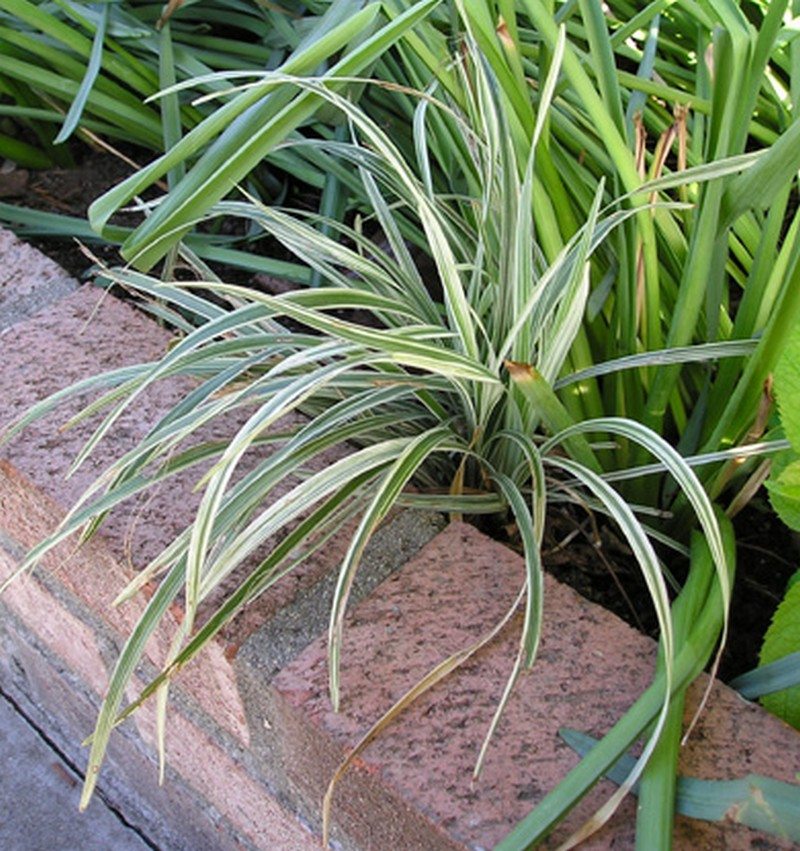
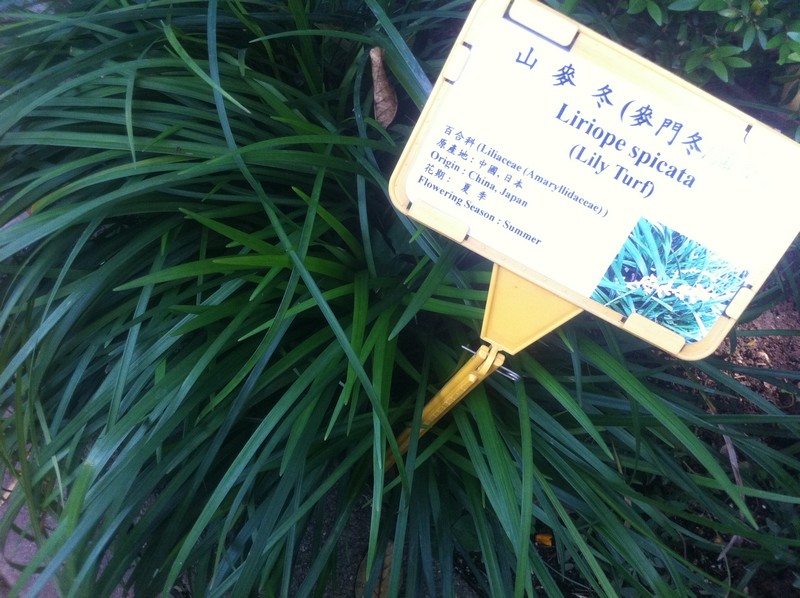
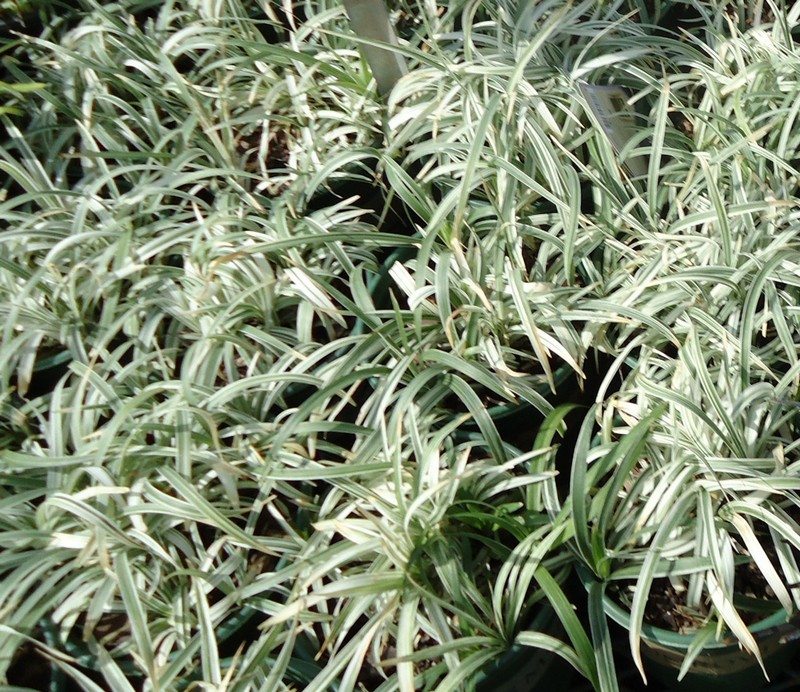
Kimberly Queen Fern (Nephrolepis obliterata)
The Kimberly queen fern is characterized by its long, slender leaves that range in colour from light green to dark green.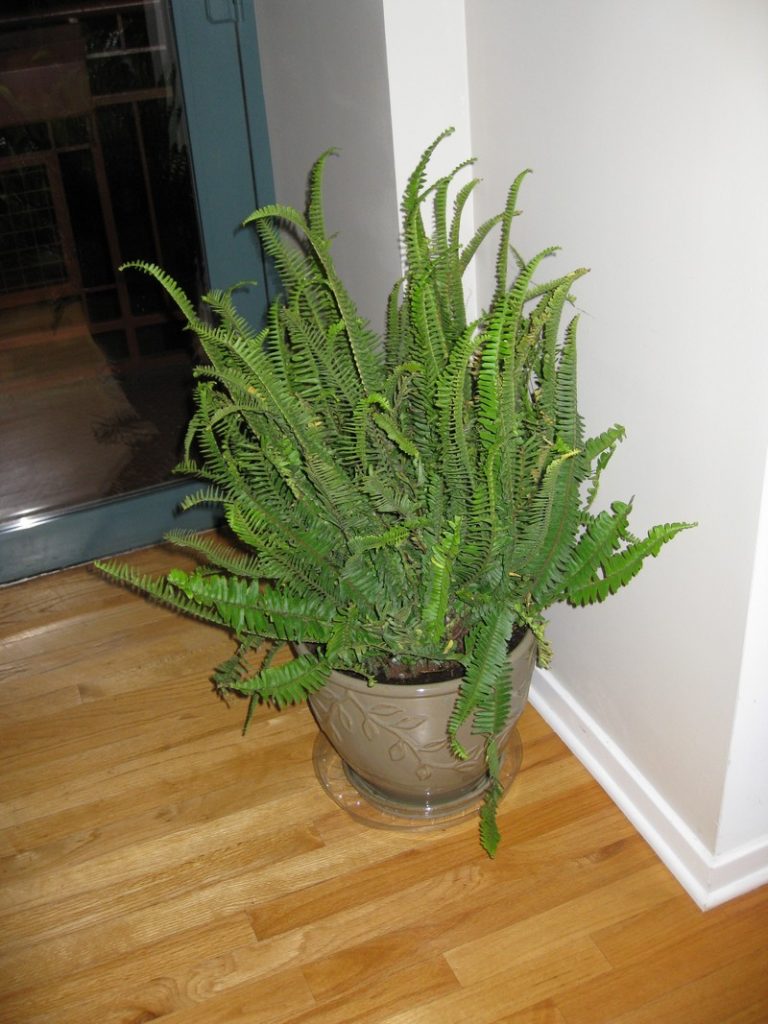
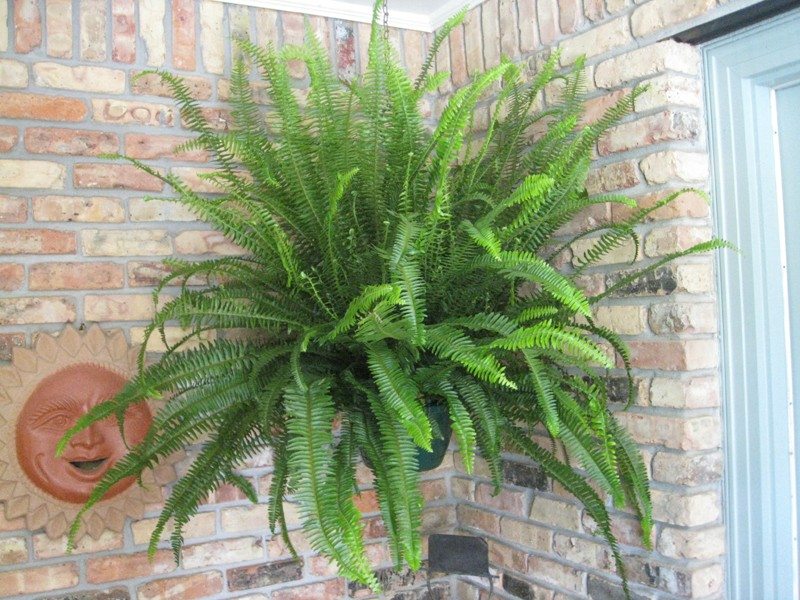
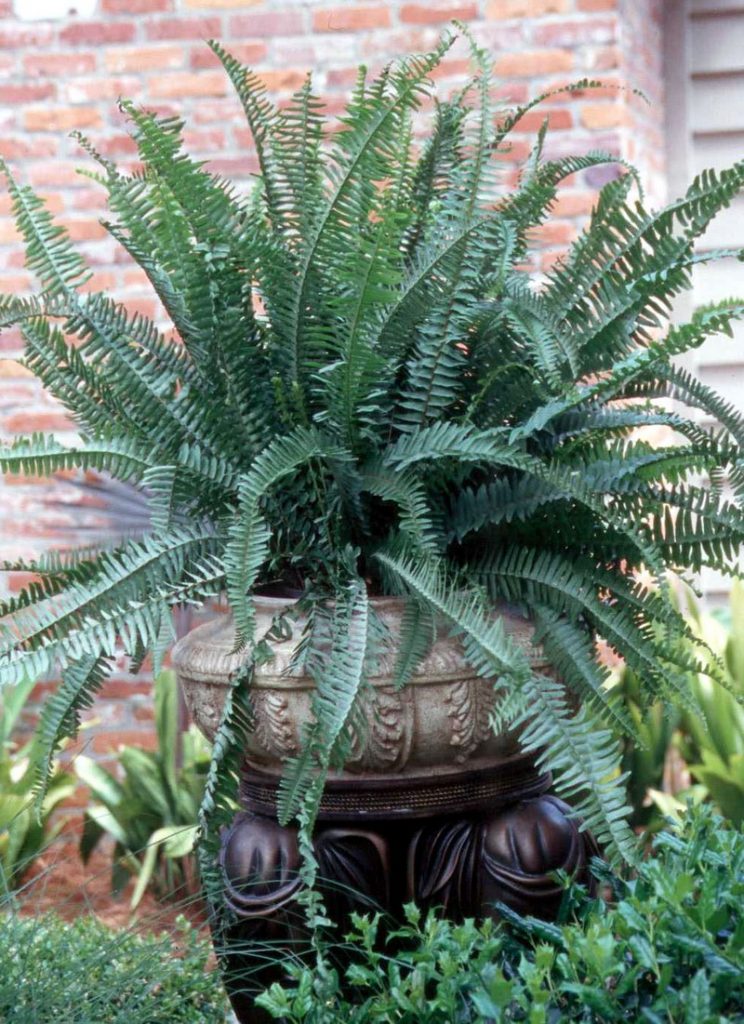
Baberton Daisy (Gerbera jamesonii)
The flower has a dark centre with a white outer ring and can grow up to 12 inches in diameter. The Baberton Daisy is a popular choice for bouquets and arrangements due to its vibrant colours and long-lasting blooms.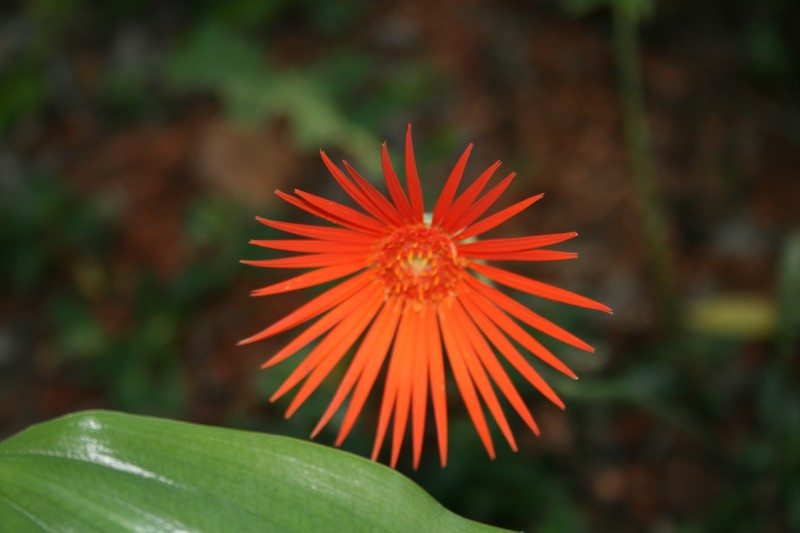
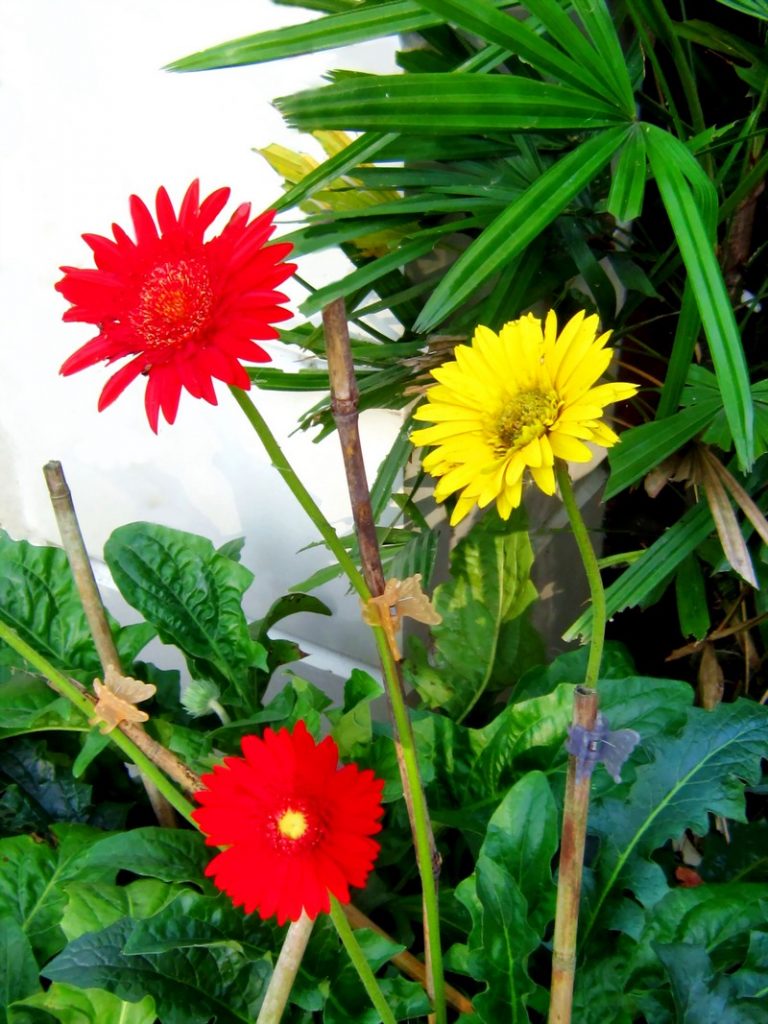
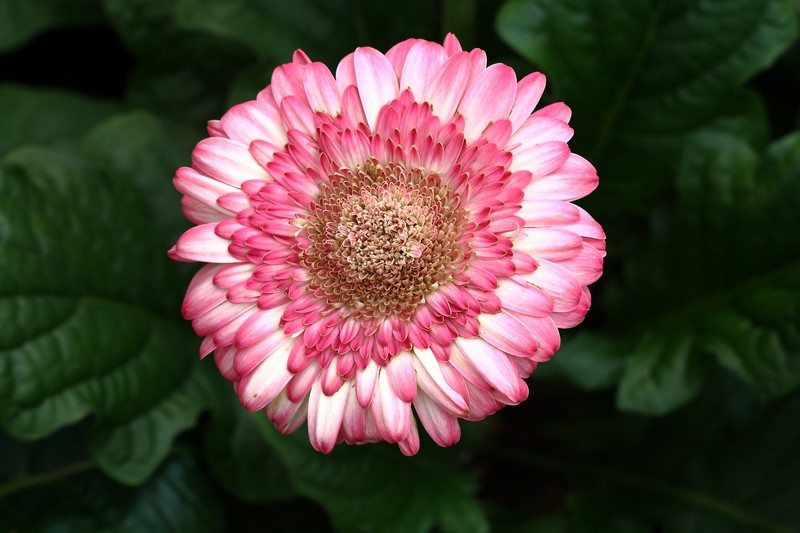
Florist’s Chrysanthemum (Chrysanthemum morifolium)
The Florist’s Chrysanthemum is a popular choice for cut flowers, as well as for use in gardens and landscaping.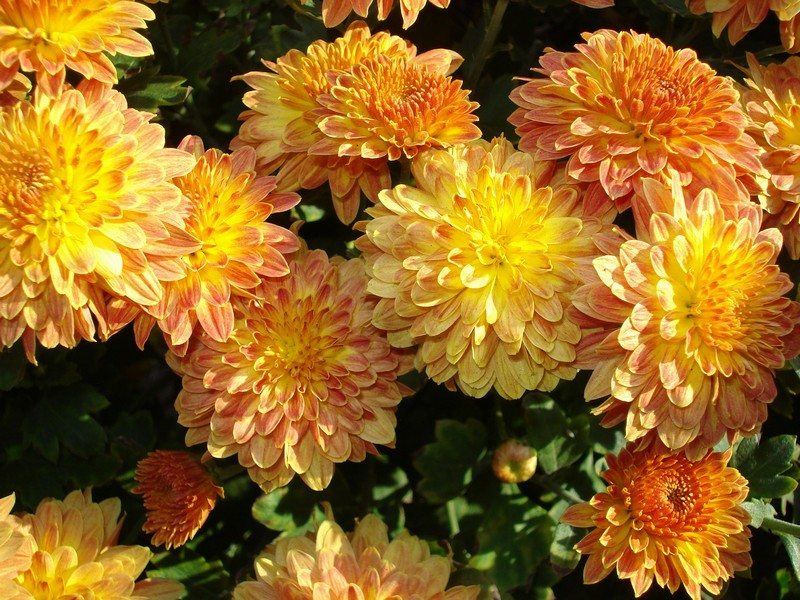

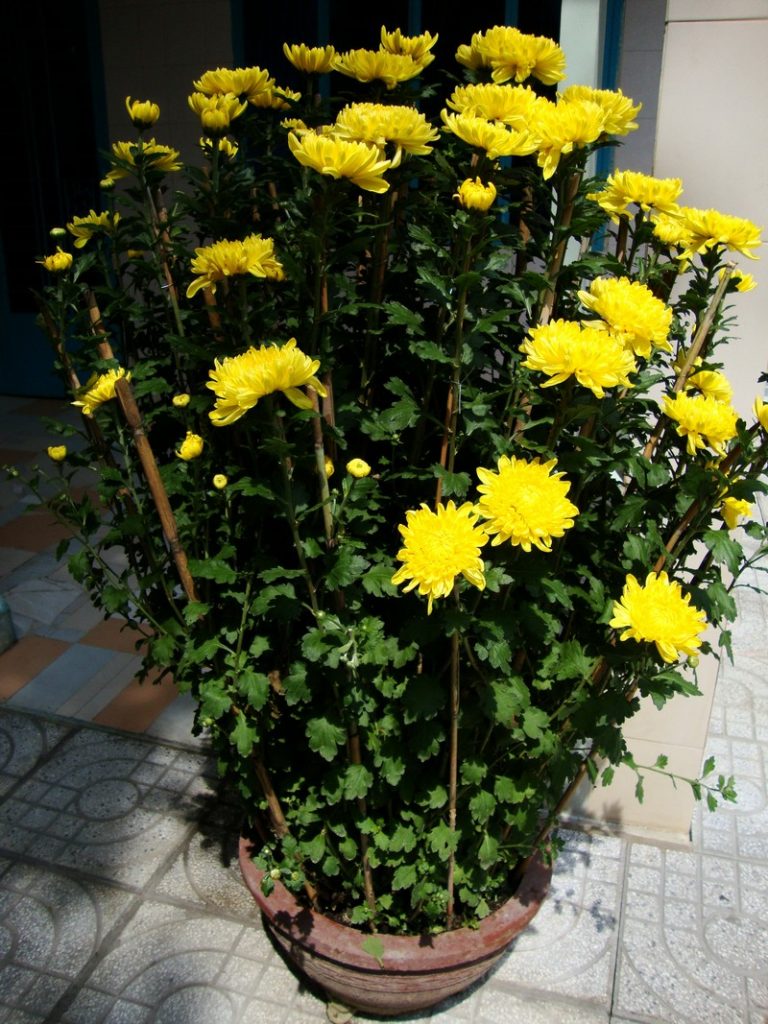
Cornstalk Dracaena (Dracaena fragrans ‘Massangeana’)
In some areas, this houseplant is commonly called as Fortune Flowers. This is because you will be considered fortunate see its flowers bloom.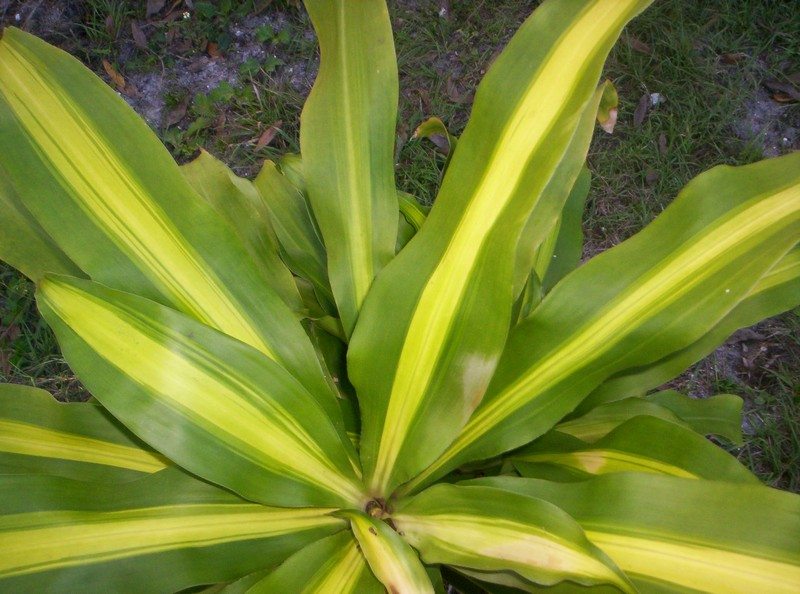
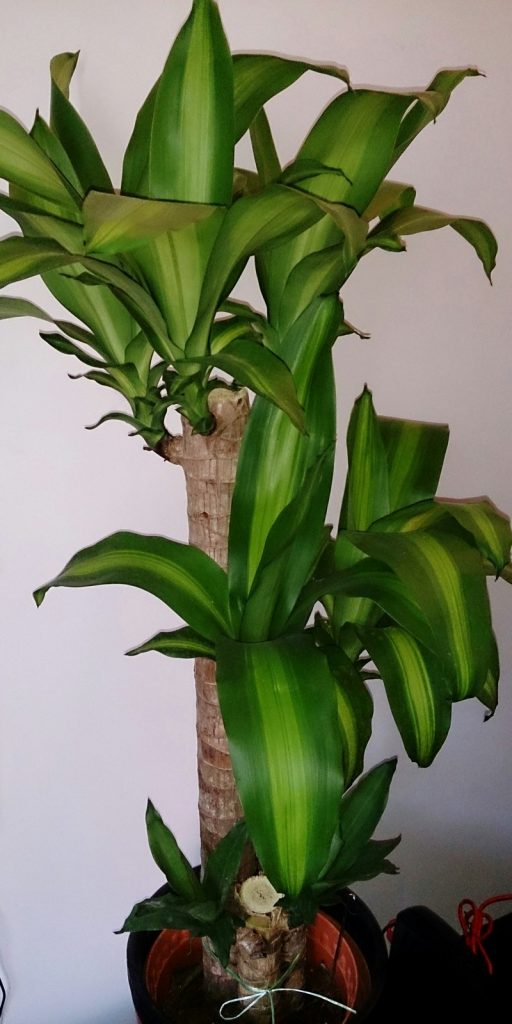
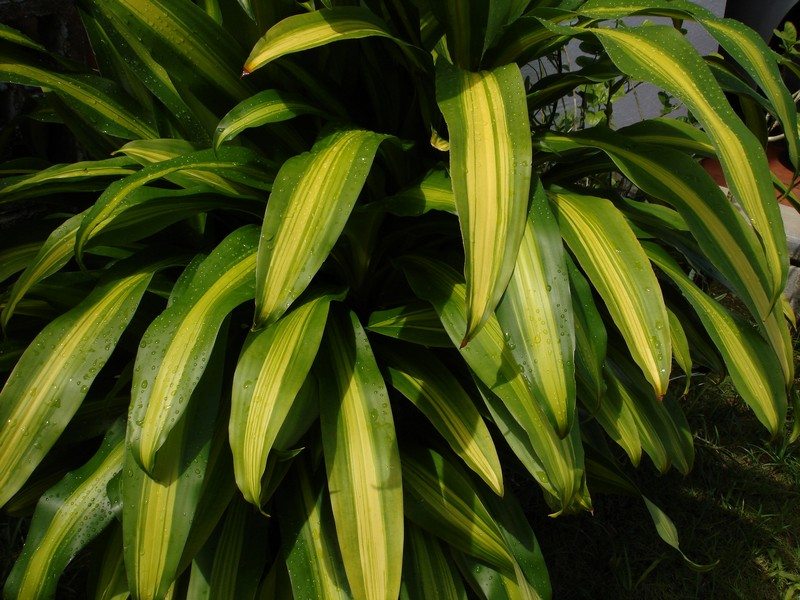
Devil’s Ivy / Money Plant (Epipremnum aureum)
Its leaves are heart-shaped and have a glossy, variegated appearance. The flowers are small and green, but they are not typically visible since they are hidden by the leaves.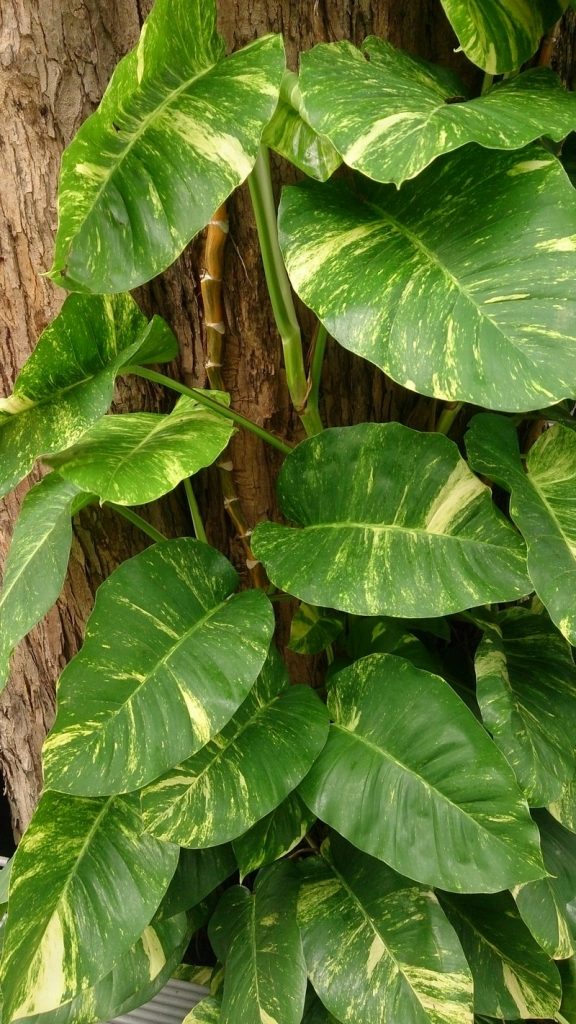


If you liked this, you might also like these landscaping and garden design ideas…






